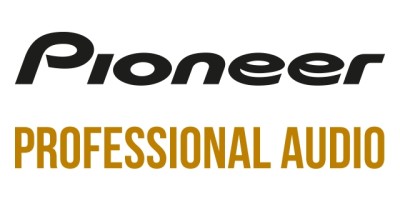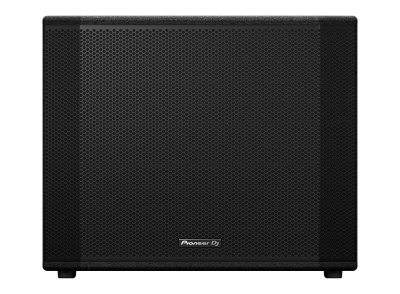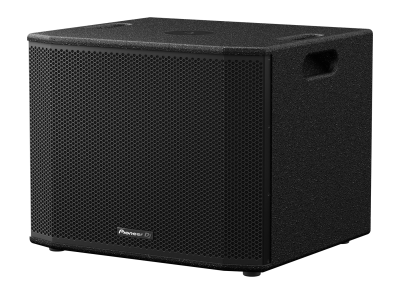NEW: Pioneer XPRS2
27-01-23
Pioneer XPRS2 - Powered speaker

The Pioneer XPRS2 active speakers are powerful and professional sound solutions. They deliver clear and balanced sound thanks to their high-quality components and advanced technologies. With their robust construction and built-in amplifiers, they are perfect for demanding applications such as live performances, events, and clubs. Moreover, they offer flexible connectivity options and user-friendly features, making them a great choice for both sound engineers and performers.
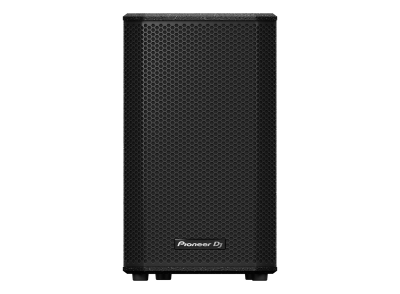
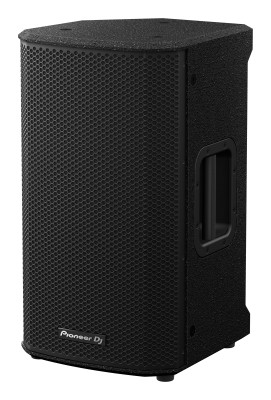
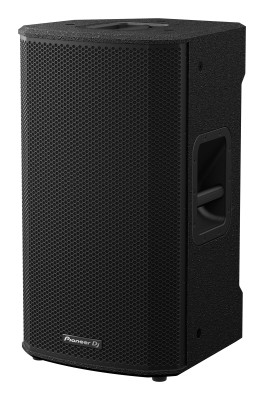
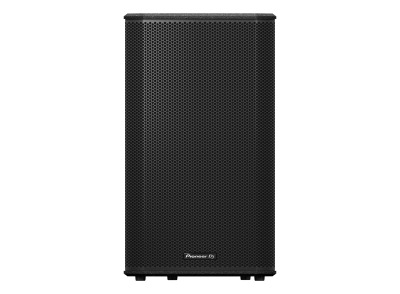
Subwoofers
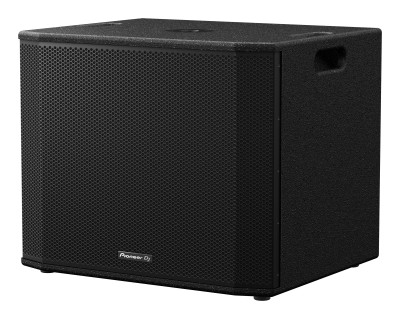

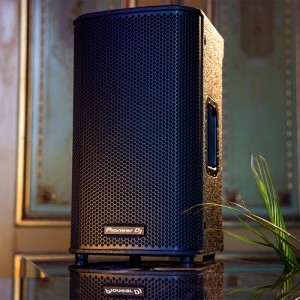
Powerful Class-D Amplification
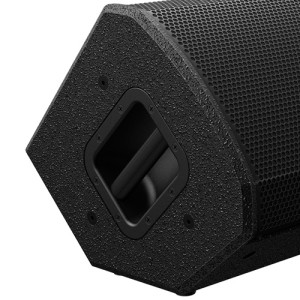
High Quality, Robust Build
Pioneer DJ's all-new XPRS2 Series features a sleek, all-black protective Pollywood cabinet for performing in rugged outdoor and indoor environments. The models in the series all come with a durable handle to aid portability and handling of the system during setup and removal. The XPRS2 series also features rubber feet to create separation and shock absorption between surfaces.
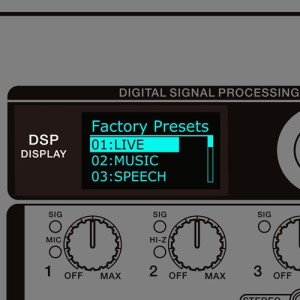
Four DSP Modes
Both of the XPRS2 full-range speakers contain four different DSP preset modes—Live, Music, Speech and Studio Monitoring—to address the needs of different listening environments.

16 Customizable DSP Modes
In addition to the four presets, each XPRS2 full-range speaker includes 16 custom user DSP modes - which can be saved with different names - to ensure the EQ settings are maximized for every scenario.
